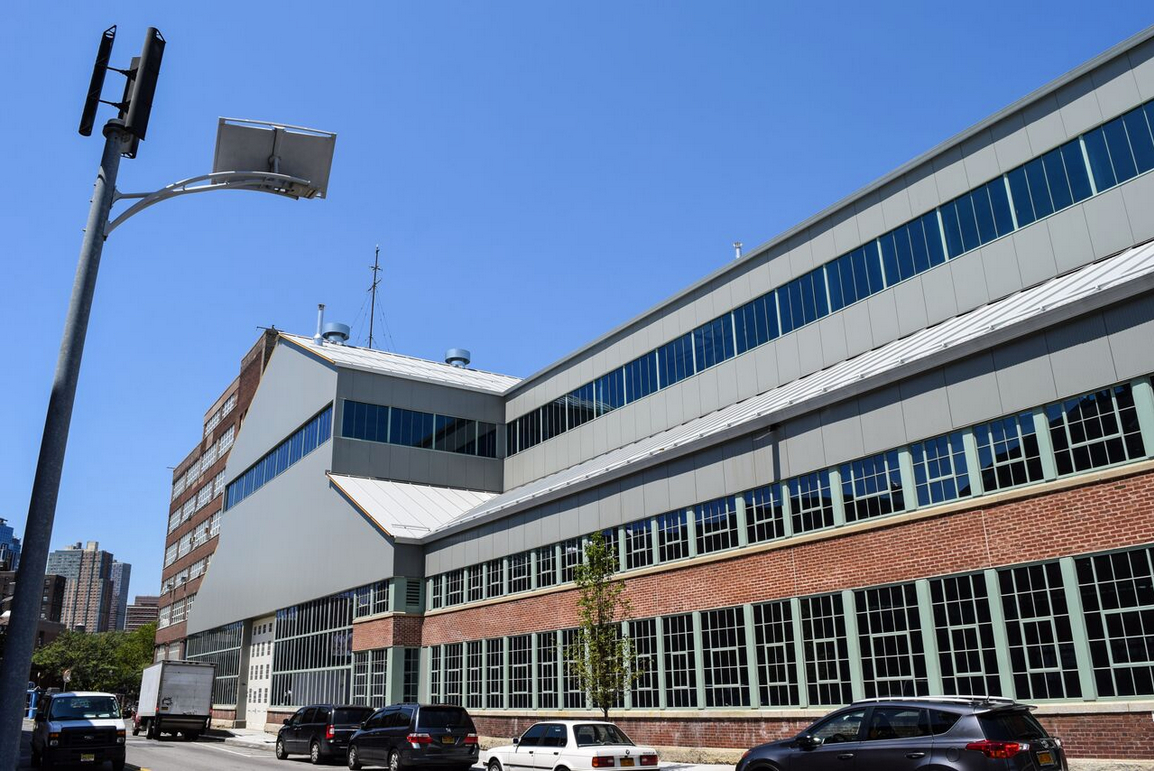Brooklyn Greenway Initiative transforms Navy Yard cemetery

Milton Puryear, co-founder and project development director of the Brooklyn Greenway Initiative (BGI), presided over the grand opening of the Initiative’s latest public space: a one-time naval cemetery set on the edge of the Brooklyn Navy Yard, now transformed into a natural, green setting intended to permit harried city dwellers a few moments of transformation in the midst of one of Brooklyn’s densest industrial zones.
Tucked into an unobtrusive section of Williamsburg Street West and fronted by a simple lumber façade, BGI’s Naval Cemetery Landscape is easy to miss, even on a bright, sunny morning. Inside, members of the Brooklyn Green School Step Team started the grand opening ceremony with a spunky performance of their stylish hip-hop flavored routines, after which the school’s principal, Cara Tait-Fanour, announced winners of the school’s art and photo contest. Winning entries were on display in the site’s new amphitheater.
Civic leaders were also on hand to offer remarks. Public Advocate Letitia James was perhaps the most eloquent when she characterized the space as “sacred ground” that would inspire users to ponder the sacrifices made by previous generations. After calling for a moment of silence on their behalf, she went on to remind those present that “We need a quiet space. This is a place where you come to sit and to repair. This is an example of bringing dignity to Mother Earth.”
